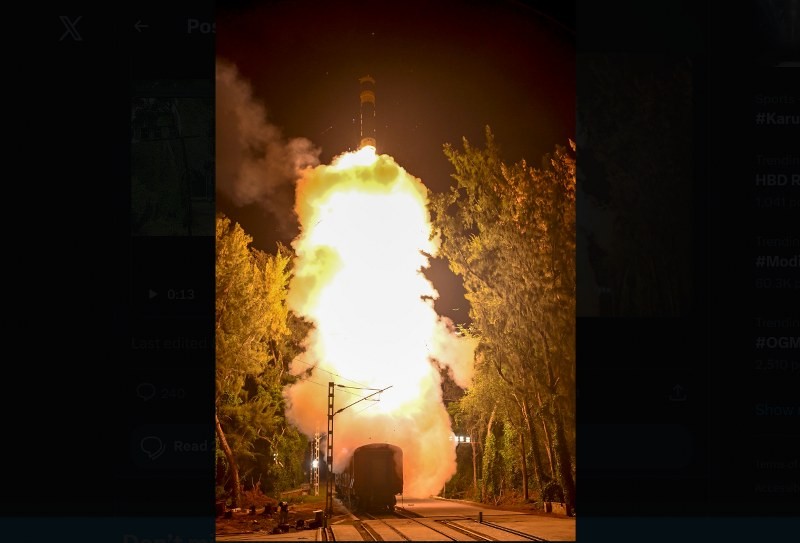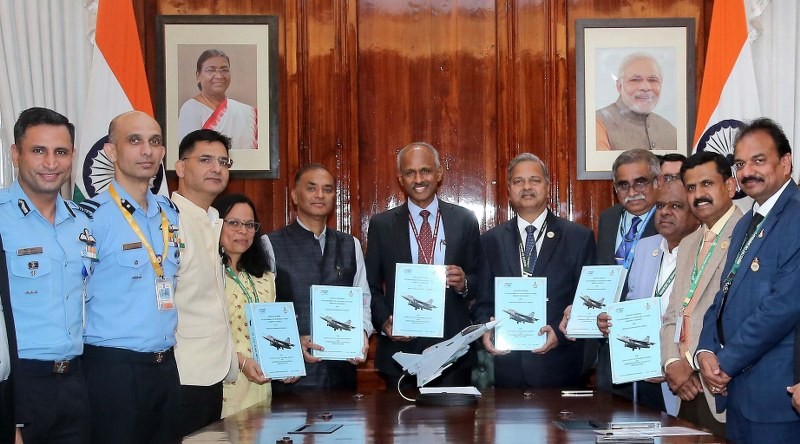India test-fires rail-launched Agni Prime with 2,000 km range; joins US, Russia, China in mobile missile club

New Delhi: India on Thursday successfully test-fired the intermediate-range, nuclear-capable Agni Prime missile, Defence Minister Rajnath Singh announced on X, posting video of the dramatic lift-off.
The canisterised missile, with an estimated range of 2,000 km, was launched from a specially prepared rail-mounted launch bed towed by an Indian Railways locomotive — a deployment that signals a step-change in launch mobility.
The test is notable not because India regularly conducts weapons trials, but because firing a long-range missile from a railcar places New Delhi in a small club of powers with demonstrated rail-based mobile strike options — alongwith Russia, the United States and China.
North Korea has previously claimed similar railway-borne launches in 2021.
The rail launch allows forces to disperse and move launchers across the network, increasing survivability and shortening reaction times.
“… the first-of-its-kind launch was carried out from a specially-designed, rail-based mobile launcher,” the Defence Minister said, adding that the system “… has the capability to move on the rail network without pre-conditions (and) that allows shorter reaction time and cross-country mobility.”
He further said: "This successful test has put India in a group of select nations that have developed canisterised-launch systems from on-the-move rail networks."
India has carried out the successful launch of Intermediate Range Agni-Prime Missile from a Rail based Mobile launcher system. This next generation missile is designed to cover a range up to 2000 km and is equipped with various advanced features.
— Rajnath Singh (@rajnathsingh) September 25, 2025
The first-of-its-kind launch… pic.twitter.com/00GpGSNOeE
Practically, a rail-based firing option lets the armed forces use remote rail links as launch points even where road access is poor.
With roughly 70,000 km of track — India’s rail network is among the world’s largest — the Defence Ministry says the move expands launch geometry, complicates adversary targeting and offers concealment options such as tunnels.
Officials described the trial as a validation of the missile’s mobility, canisterisation and launch-from-motion concepts; they said further tests and operational evaluation will inform any deployment decisions.




